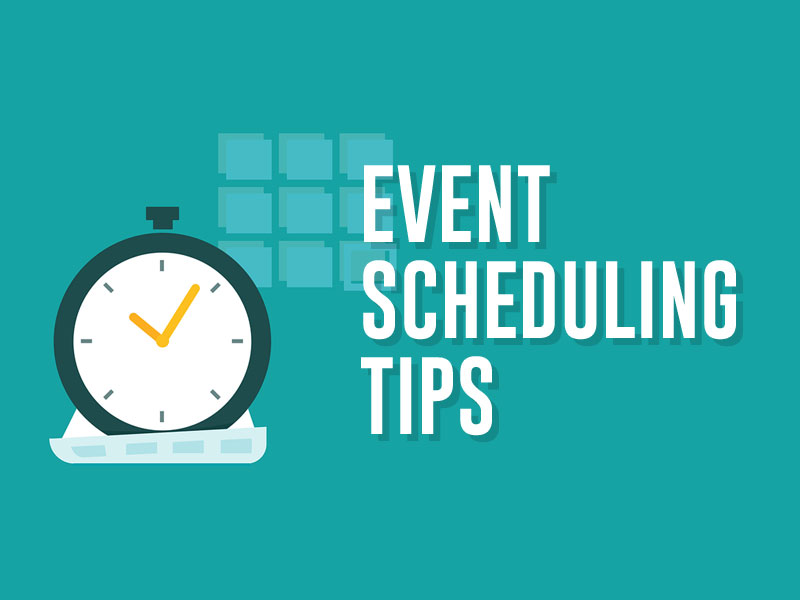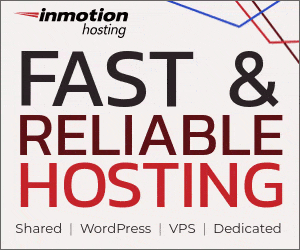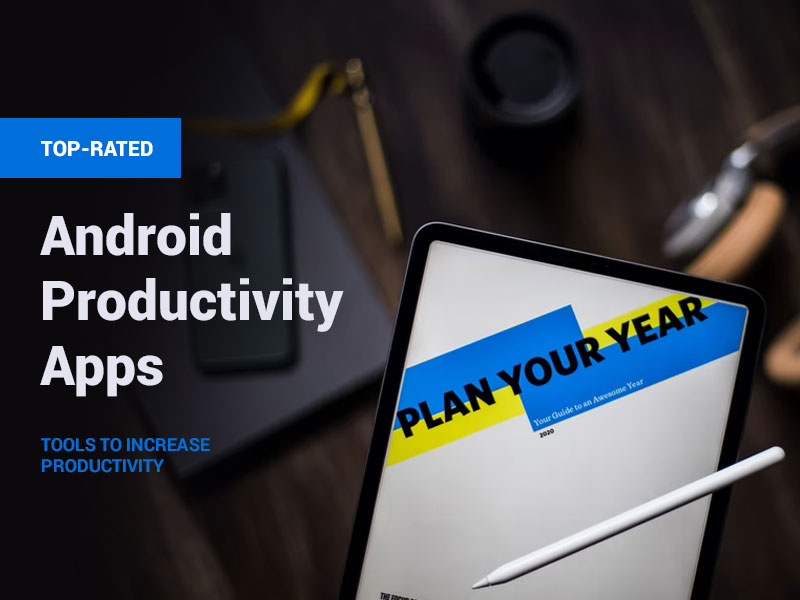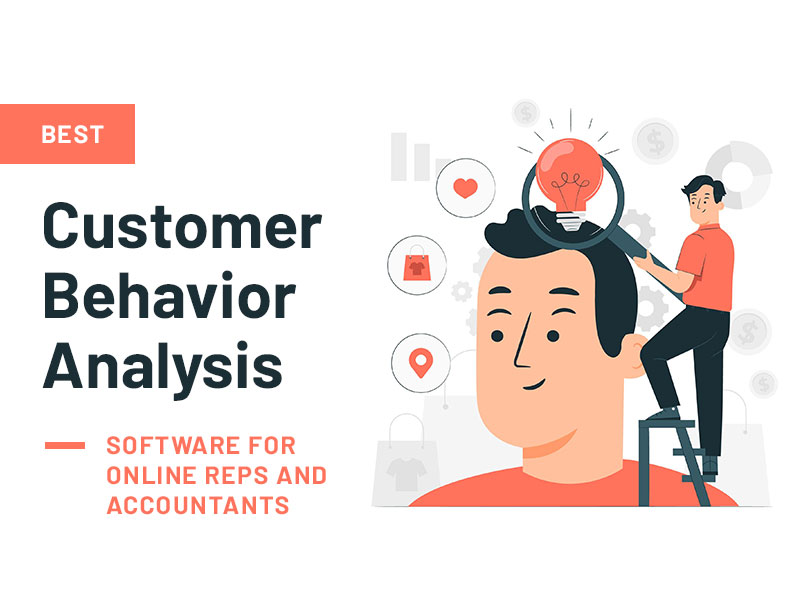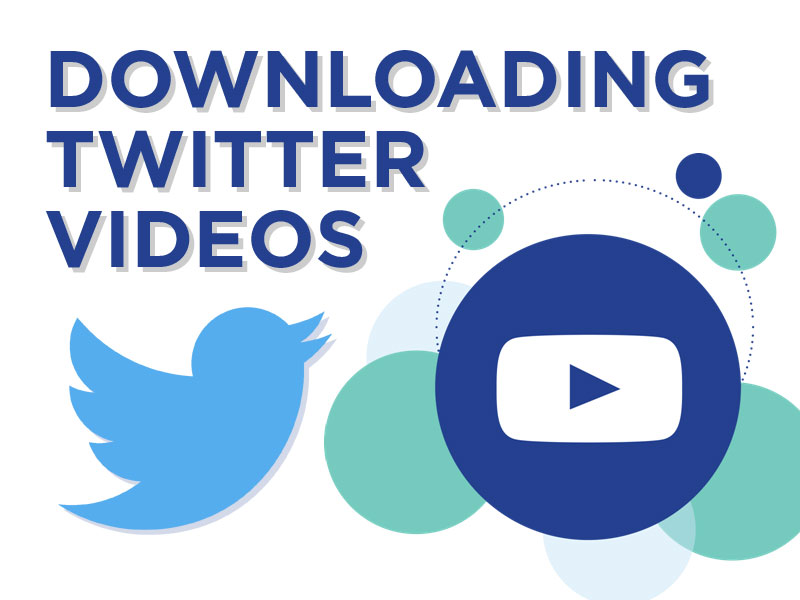Based on a recent article by the International Association of Exhibitions and Events (IAEE), the future of conferences and conventions is secure. In the U.S., around 34% of these events were initiated by associations and memberships in 2018.
Since such events involve bringing together large groups of people from around the world, planners need the necessary tools for event scheduling. Conventions require a schedule that includes speeches, discussions, and workshops within a fixed timetable.
If you are an event planner, here are five tips for planning your next convention.
Use Event Apps with Email Marketing
When an event app integrates with email marketing software, the volume of no-shows will reduce. Having a high number of no-shows is costly, considering the time and money spent in advance for labor and materials.
However, sending multiple emails a few weeks before the event reduces no-shows by building momentum and anticipation. Also, emails remind attendees about event scheduling.
Secondly, email marketing software is an effective way of conducting surveys before the event. If organizers know the preferred topics of attendees, they will know how to get the right speakers.
 Third, most events use emails as proof of registration and full payment. The inclusion of the barcode or dynamic QR codes helps in tracking attendance.
Third, most events use emails as proof of registration and full payment. The inclusion of the barcode or dynamic QR codes helps in tracking attendance.
Lastly, it is advisable to include the schedule in emails. A visual reminder of the topics will sustain interest to attend.
Create An Agenda
Building a comprehensive plan is part of event scheduling. A program should include the following details:
- Convention or conference schedule (from registration to conclusion of the event)
- Topics
- Names of speakers
- Duration of activities
Event organizers upload the schedule into the event app for attendees and event staff to access before and during the event. Afterward, the content is still useful for attendees to track speakers and sponsors.
 It is also important to note that the schedule can change anytime. Speakers and topics may change at a moment’s notice. Therefore, the latest plan should always be synchronized with the event app so that attendees continuously have updated information.
It is also important to note that the schedule can change anytime. Speakers and topics may change at a moment’s notice. Therefore, the latest plan should always be synchronized with the event app so that attendees continuously have updated information.
Integrate sessions with digital calendars
Find a way of embedding the meetings with the attendee’s Google calendar, macOS calendar, or Microsoft Outlook. The sessions will be seen within the context of their lives, making the event more relevant personally.
4. Plan for Backup
Event scheduling is incomplete without contingency planning. An event planner needs to accommodate last-minute changes to the schedule.
- Venues change, especially during busy seasons. Call the place a few days before to confirm the event.
- Speakers may suddenly be unavailable due to unforeseen circumstances. While planning for the event, inform backup speakers that they may have to step-in. Also, explore the possibility of stretching some sessions.
- A spike in the number of attendees will require additional food and space. To solve this, either enforce strict registration or find ways to squeeze in areas and order more food.
3Get feedback from participants
Most event apps gather feedback after the event. Have a list of questions ready:
- Were the topics useful?
- Did the speakers stimulate your interest to learn more?
- Was the event scheduling paced comfortably?
- What changes do you recommend for next year’s convention?
As an event organizer, event scheduling is one of the most challenging skills. However, with experience and a little creativity, there are solutions to every unexpected change.
